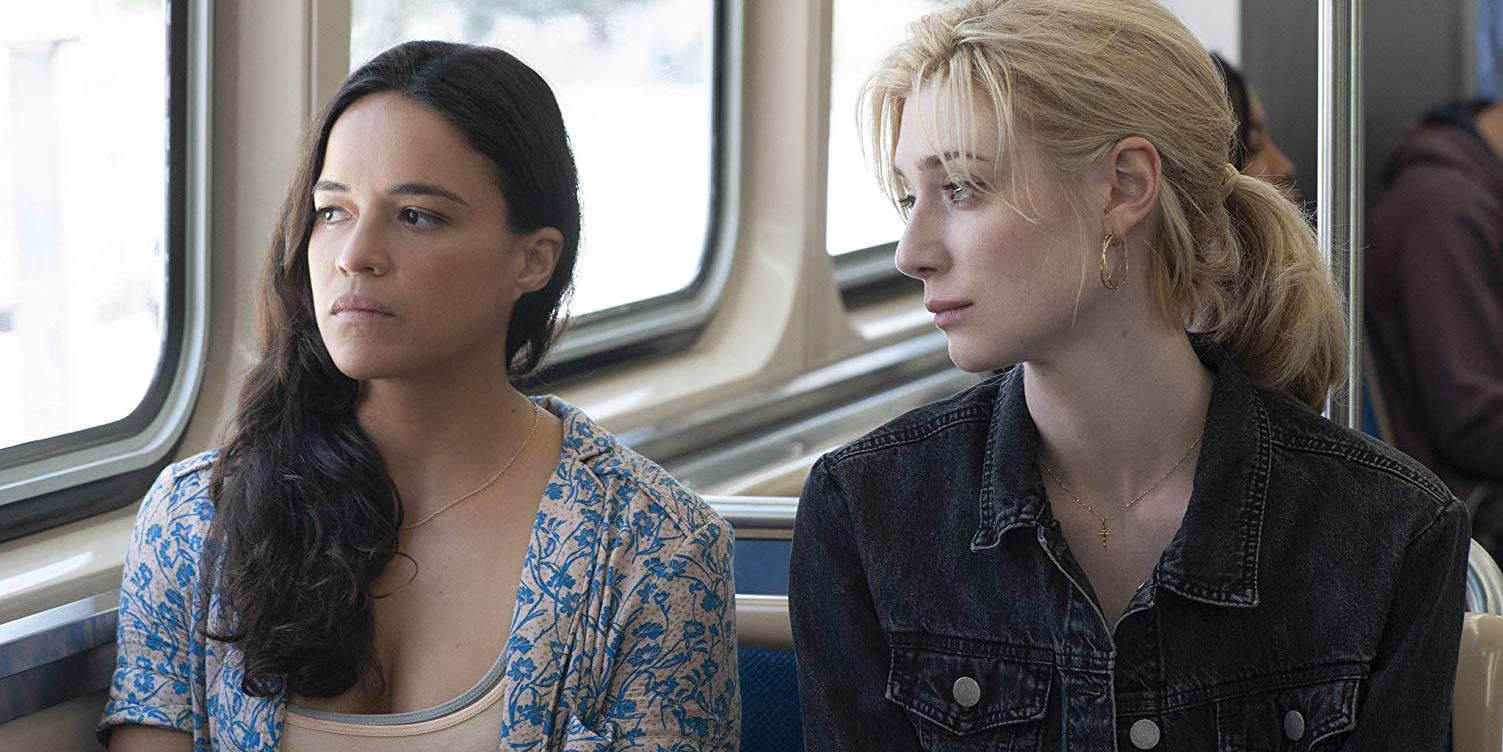Director Steve McQueen's Chicago-set thriller "Widows" came out last November (watch a trailer for the flick here.) The film has great cinematography, and acting, and a forward-thinking feminist message. But to me our city's politics, architecture, and transportation infrastructure were the stars of the show. (A couple of minor spoilers ahead.)
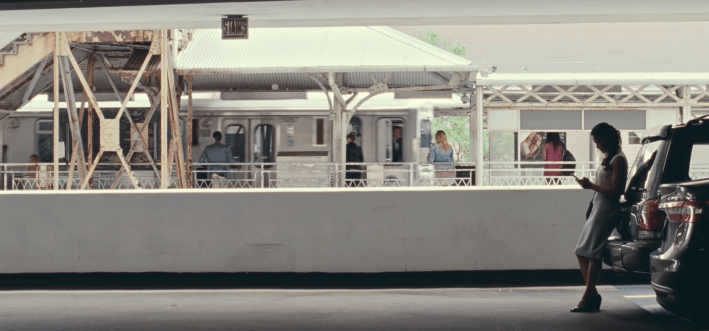
Unlike many major films set in Chicago, the filmmakers, including McQueen's co-screenwriter Northwestern University graduate and "Gone Girl" writer Gillian Flynn, really seemed do their homework in portraying the city. Of course some artistic license was taken, but much of the local content rang true.

A lot of the action takes place under Green Line elevated Lake Street elevated tracks, on the South and/or West sides. Let me know in the comments if you can ID any of the locations in these stills.
Bike lanes are also easy to spot in some of the pivotal action scenes. If I recall correctly, there's a shot in the opening chase sequence where a protected bike lane with flexible posts is visible.
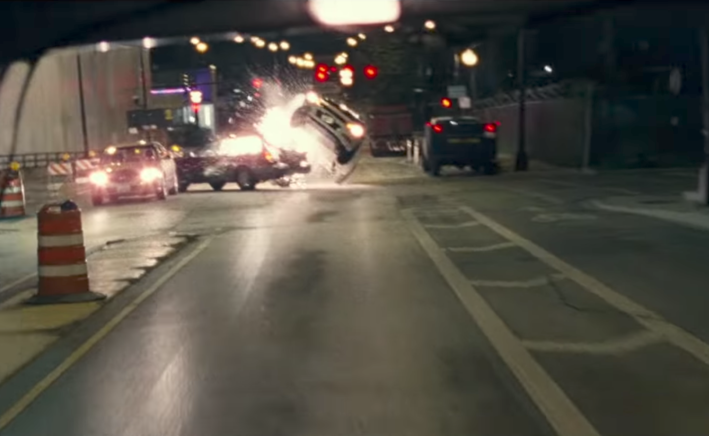
There's all kinds of satisfying footage of architectural landmarks, including the rotunda of the Chicago Cultural Center and (my favorite) Logan Square's Fireside Bowl. Star Viola Davis' luxurious apartment appears to be in Mies van der Rohe's 860-880 N. Lake Shore Drive building.
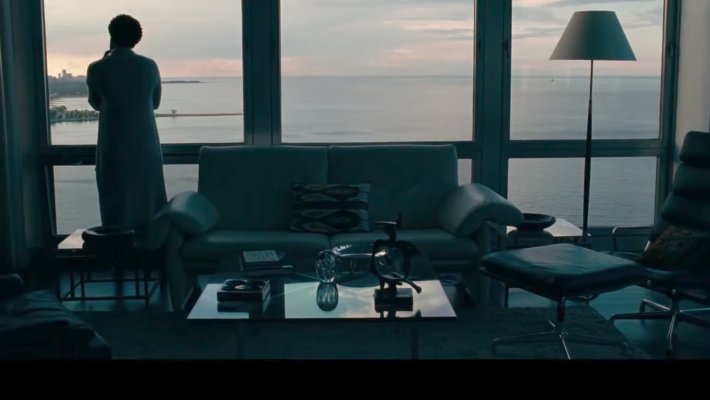
A few plot lines are ripped from recent Chicago headlines. For example, they did a good job of laying out the vagaries of our city's aldermanic system. One of the main characters, played by Colin Ferrell, is corrupt 18th Ward alderman Jack Mulligan, the scion of a Daley-esque political Dynasty.
In the film, Mulligan gets $5 million in kickbacks from contractors for pushing to extend the Green Line through his South Side ward. That could be a reference to real-life efforts to efforts to extend the Red Line south. But the alderman complains that, since he didn't support one of the mayor's initiatives, his ward was redrawn so that he lost 7,000 constituents, and he's in danger of losing reelection.
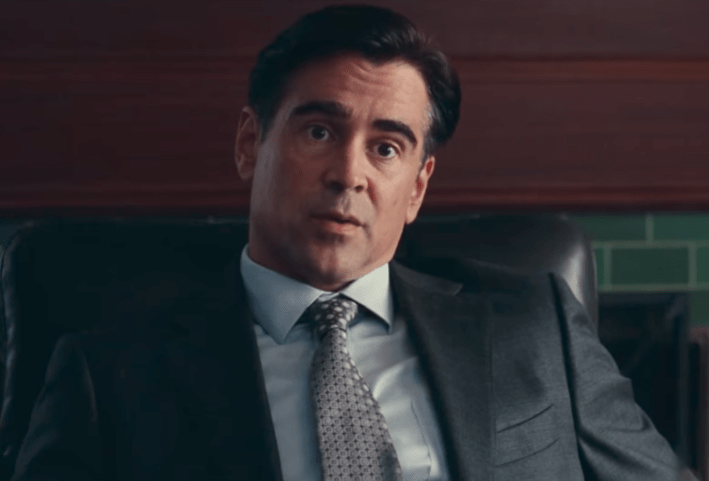
The reason I'm posting about this six-month-old movie today is because that plot line was almost certainly inspired by what happened to real-life former 2nd Ward alderman and two-time mayoral candidate Bob Fioretti. I finally got a chance to ask him about it when I buttonholed him after Mayor Lori Lightfoot's inauguration on Monday.
In office from 2007 to 2015, Fioretti was known as a fiesty alderman who frequently called out previous mayor Rahm Emanuel and irritated his fellow City Council members. So when aldermen negotiated during the last ward map redistricting in 2012, they opted to completely redraw his Near South district, flipping it to the Near North Side and giving it a bizarrely gerrymandered, lobster-like shape.
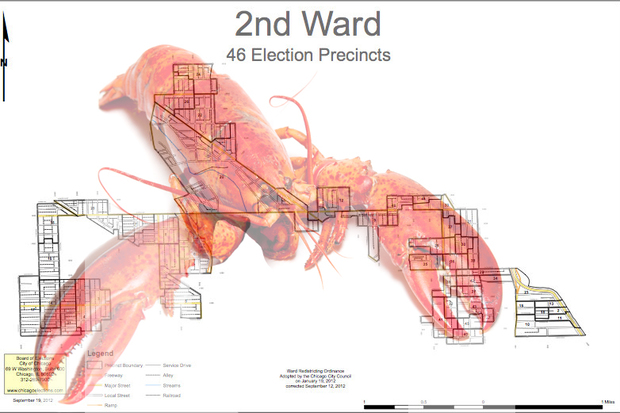
Since none of his previous supporters would be his constituents moving forward, Fioretti opted not to run for alderman again, instead taking on Emanuel in the next mayoral election. He also ran as a dark-horse candidate in this year's campaign. Here's what he had say about his story of getting burned by redistricting apparently turning up in the plot of "Widows."
While I'm 99-percent sure that Fioretti's remapping fiasco inspired the Jack Mulligan subplot I wasn't able to get official confirmation from Gillian Flynn, who turned down interview requests on two occasions. That's not surprising, because admitting that the screenwriters borrowed Fioretti's story could cause some legal issues. It would contradict the disclaimer that "All characters and events depicted in this film are entirely fictitious. Any similarity to actual events or persons, living or dead, is purely coincidental."
Did you see "Widows"? If so, what did you think of how Chicago transportation infrastructure and politics were portrayed in the flick?
